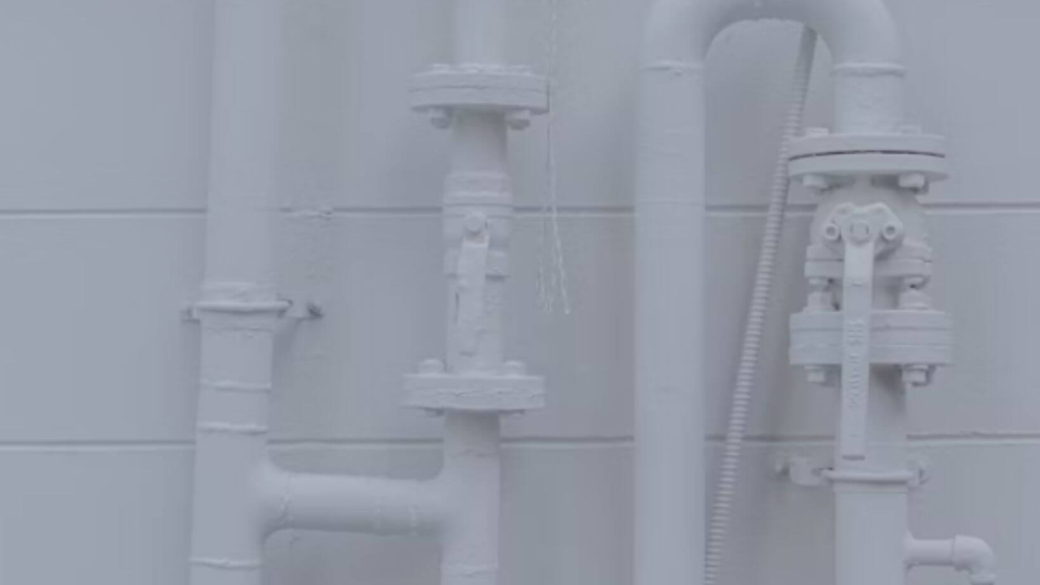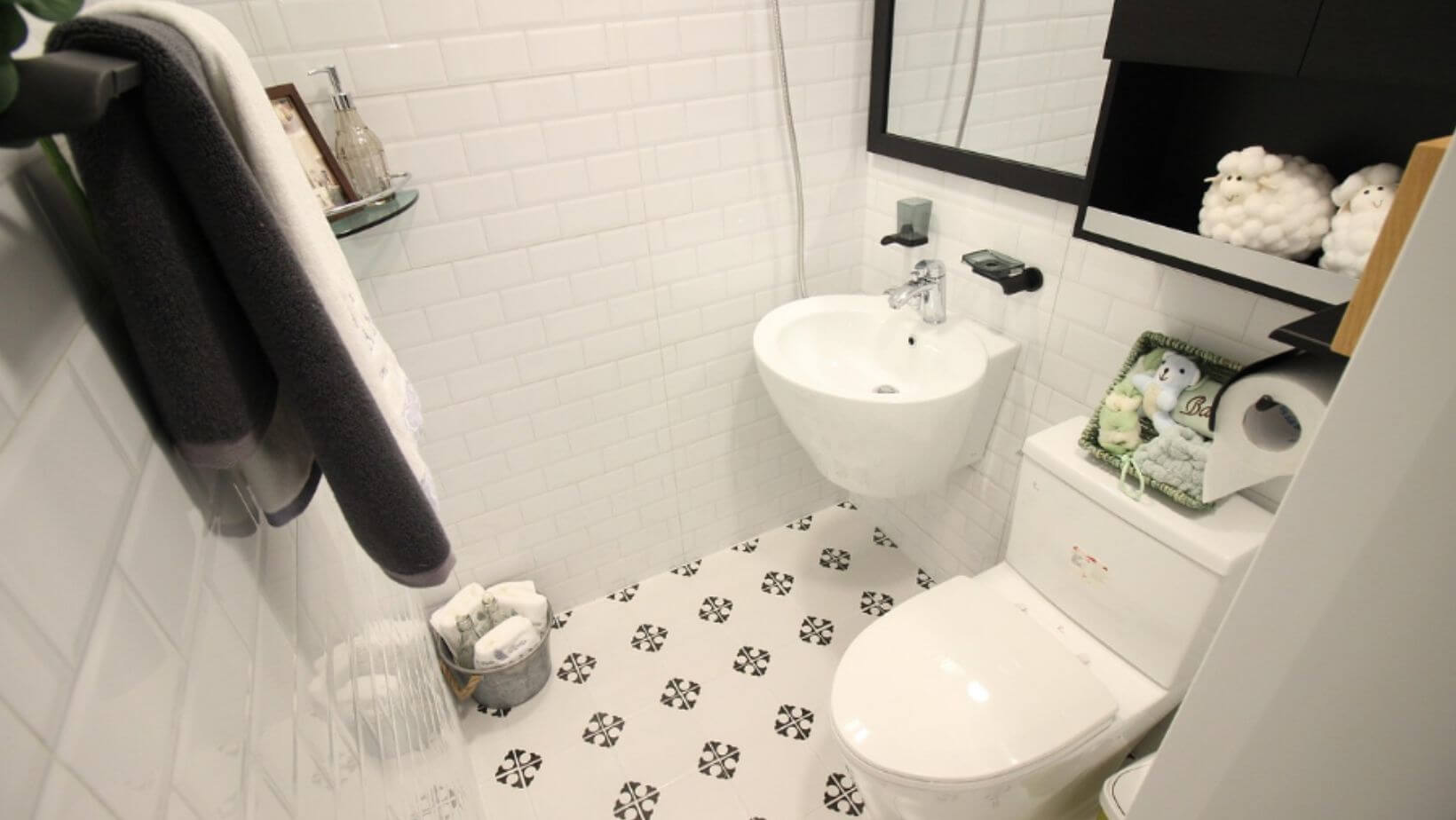Owning a home comes with many responsibilities, and maintaining the plumbing system is among the most vital. Pipes can deteriorate due to various factors, including corrosion, wear and tear, or even low-quality materials. If you’re experiencing frequent leaks, discolored water, or reduced water pressure, it could be time to consider renewing your internal pipe system. This process can enhance the resale value of your home.
Understanding the Need for Repipe
The necessity for repiping often arises from a combination of age and material quality. Old pipes, particularly those made from galvanized steel, lead, or polybutylene, are more susceptible to leaks and fractures.
They can pose health risks if they contain lead. Homeowners should be aware of the age of their plumbing system. If it’s over fifty years old, the likelihood of needing a repipe increases significantly.
Signs such as visible rust on your fixtures or low water pressure are indicators that you should consult with your plumber. If you find yourself wondering who to trust for advice, remember to reach out to your repipe solution experts to explore your options. Their experience can help you get the best results out of this major investment.
Evaluating Pipe Damage
Before proceeding with a repiping project, an in-depth evaluation of your plumbing system is important. A professional plumber will typically use advanced techniques like video inspection to assess the condition of your pipes. This process involves inserting a small camera into the pipe to provide a real-time view of any issues.
By utilizing this technology, they can locate blockages, leaks, or structural damage that may not be visible otherwise. Once they have gathered enough information, they can recommend whether a full repipe or localized repairs would be the best course of action.
Choosing the Right Plumbing Material
When renewing your internal pipe system, selecting the correct materials is crucial. Modern plumbing typically utilizes materials such as PEX, copper, or CPVC, each offering unique benefits. PEX piping is gaining popularity due to its flexibility and resistance to freezing, making it an excellent choice in colder climates.
Copper pipes have been a long-time favorite for their durability and antimicrobial properties, but can be more expensive. Understanding the pros and cons of each material will help you make an informed decision and ensure that your new plumbing system lasts for years.
Planning the Repiping Project
Once you’ve decided to proceed, planning is the next critical step. A comprehensive repiping project typically begins with a detailed estimate from your plumbing contractor. During the consultation, various aspects will be discussed, including costs, timelines, and potential disruptions to your daily life.
It’s prudent to ask questions and express any concerns you may have. Bear in mind that plumbing installations can take anywhere from a few days to a week, depending on the size of your home. Rest assured that a reputable contractor will aim to minimize the inconvenience while ensuring quality workmanship.
The Repipe Process
The actual repipe process starts with shutting off the water supply to prevent any flooding. The contractor will remove the old pipes, which may involve cutting into walls or ceilings, and then install the new lines.
Effective communication with your plumbing team is crucial during this phase. They will work diligently to create a seamless transition between old and new systems while keeping your property damage to a minimum. After the installation, rigorous testing will occur to ensure everything is functioning correctly, including pressure tests, to identify any leaks early in the process.
Post-Installation Considerations
After the new piping system is in place, there are a few important aspects to consider. First and foremost, keep an eye on water pressure and performance, as these may be initial indicators of an effective installation. It’s advisable to wait a few weeks before performing any major renovations or repairs in areas affected by the project.
Maintaining good communication with your contractor during the post-installation phase is beneficial. They can offer valuable insights on how to care for your new system and will usually provide warranties for their work. If any concerns arise about performance, contacting them for follow-up is crucial.
Upgrading your home’s pipes is a significant investment in long-term efficiency and safety. By understanding the steps involved, from initial evaluation to post-installation care, homeowners gain confidence in their decisions. Remember, adequately maintained plumbing systems maximize property value. Beyond immediate comfort, modern plumbing upgrades can improve water pressure, reduce utility costs, and prevent potential damage caused by leaks or corrosion. Replacing outdated materials like galvanized steel or lead with durable options such as copper or PEX enhances water quality and system longevity. Thoughtful upgrades ensure reliability, sustainability, and peace of mind for years to come.


